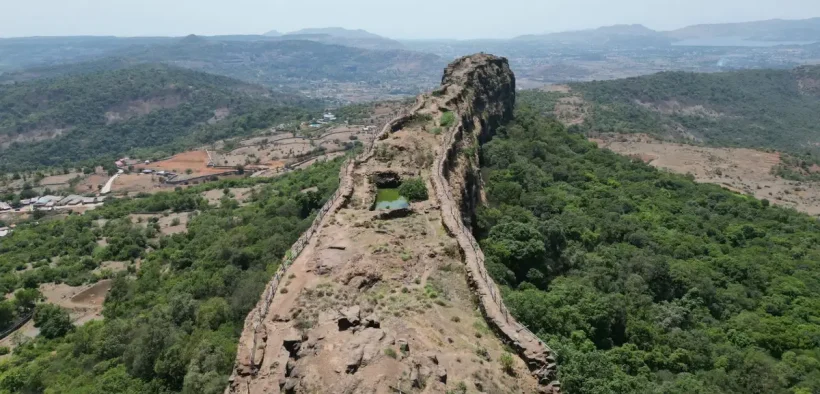In a landmark decision on July 11, 2025, during the 47th session of the UNESCO World Heritage Committee in Paris, India secured the inclusion of the Maratha Military Landscapes of India—a collective of twelve strategically key forts—as its 44th World Heritage Site.
Advertisements

These forts—eleven clustered in Maharashtra (Salher, Shivneri, Lohagad, Khanderi, Raigad, Rajgad, Pratapgad, Suvarnadurg, Panhala, Vijaydurg, Sindhudurg) and one in Tamil Nadu (Gingee)—were constructed or enhanced between the 17th and early 19th centuries under Maratha leadership. They represent a sophisticated network of defensive strongholds, adapted to various terrains: hilltops, plateaus, coastal belts, and even islands.
For example, Pratapgad, built in 1656, exemplifies a hill‑forest fort where Shivaji Maharaj defeated general Afzal Khan—a turning point in Maratha history. Shivneri, the birthplace of Shivaji, showcases a meticulously layered defence system. Meanwhile, island forts like Sindhudurg and Suvarnadurg, and coastal ones such as Vijaydurg, highlight maritime defence strategies.
This recognition validates the architectural brilliance and military systems of the Maratha period under criteria (iv) and (vi) — denoting both outstanding human creative achievement and living cultural traditions. India now ranks sixth globally and second in the Asia-Pacific for World Heritage Site count.
Beyond prestige, the UNESCO tag is expected to boost heritage tourism, foster conservation efforts, and energize local communities through initiatives like the proposed “Shivteerth Yatra” pilgrimage linking these sites. Political leaders, including PM Modi and Maharashtra’s CM, hailed it as a symbol of Maratha pride and national heritage.
In essence, the addition of the Maratha Military Landscapes exemplifies India’s resurgence on the global heritage stage and serves as a powerful reminder of its rich historical landscape, engineering prowess, and cultural resilience.


